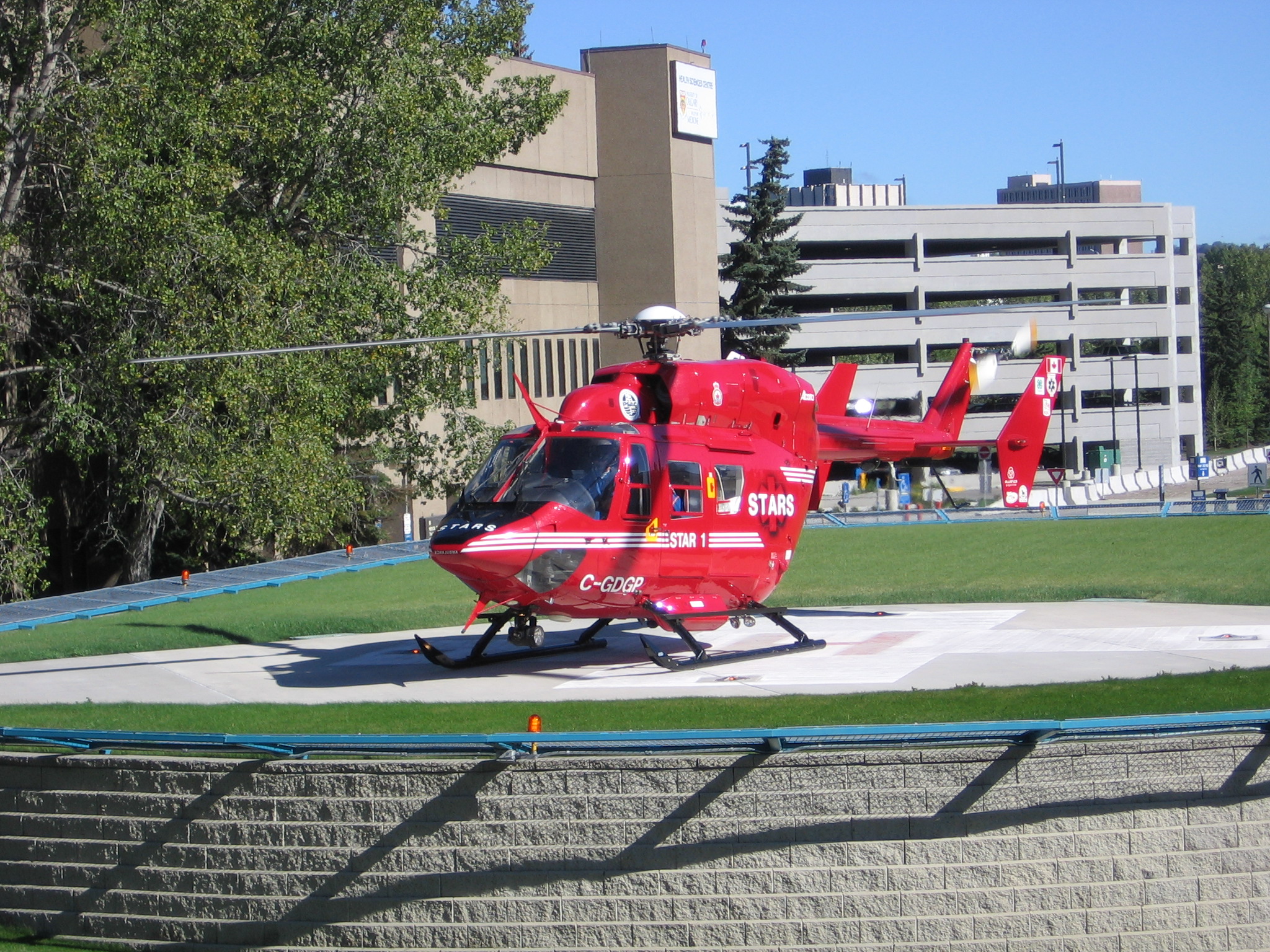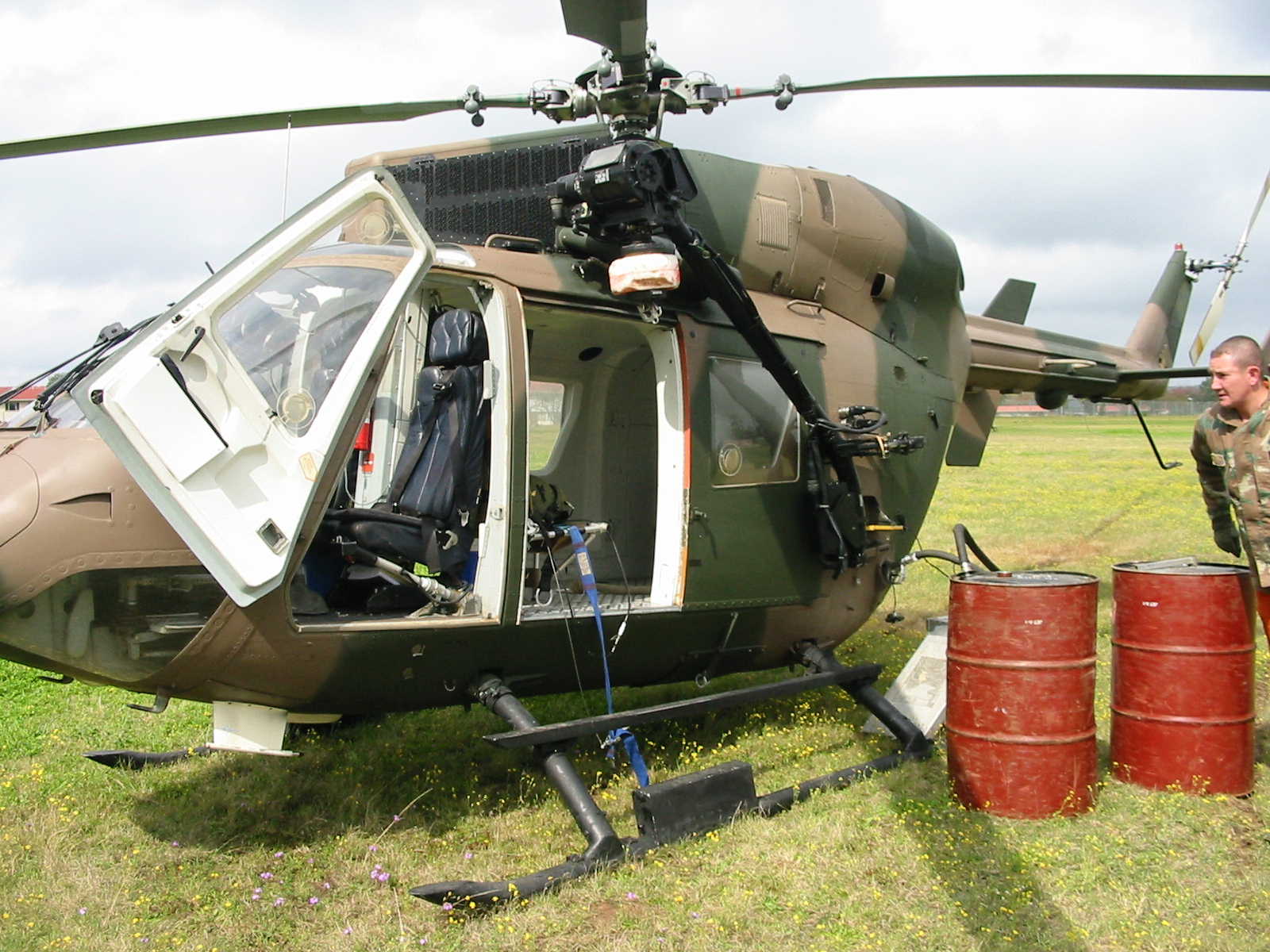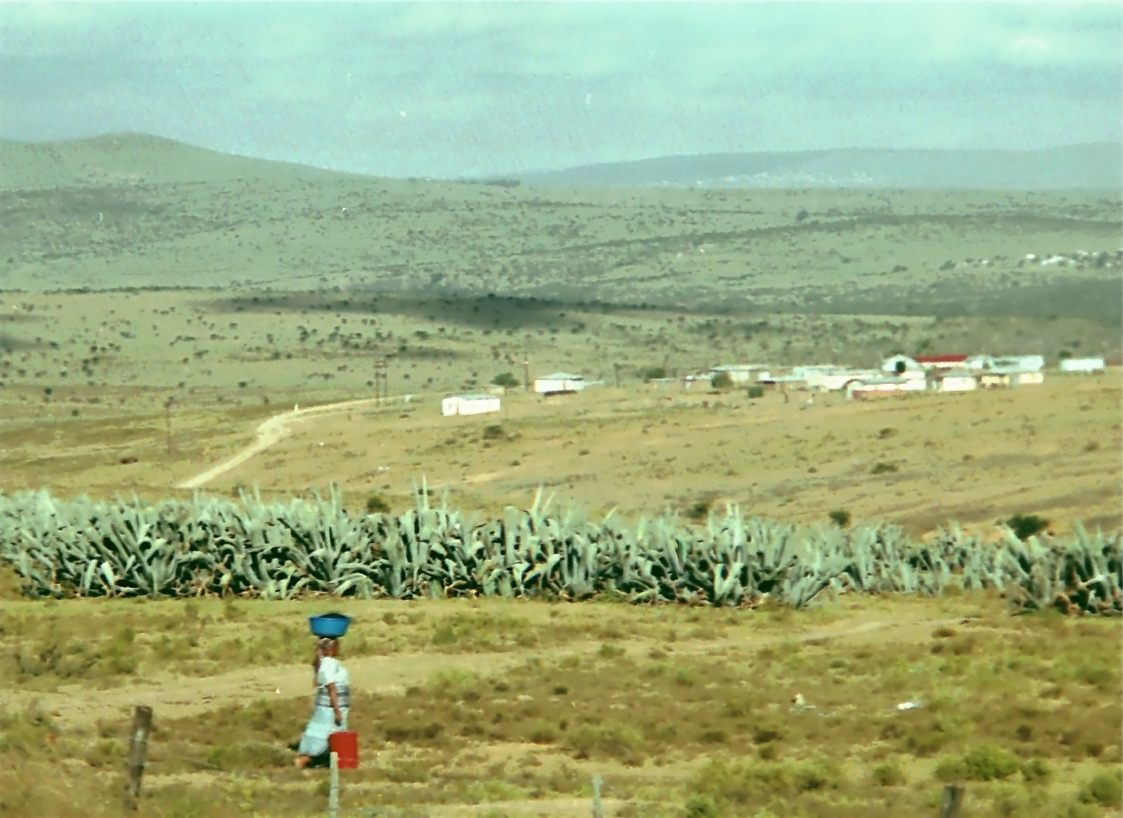|
Ciskei Defence Force
The Ciskei Defence Force (CDF) was established during March 1981 from the 141 Battalion of the South African Defence Force (SADF). It was the defence force of Ciskei, a bantustan that was controlled by the apartheid regime of South Africa. The CDF functioned as part of the 21 Battalion based near Lenasia, outside Johannesburg. Overview In 1993 the total troop count of the CDF was 2000. The defence expenditure for Ciskei for 1991/2 was R76,883,000 and for the period of 1993/94 it was R99,910,000. Organisation and structure According to Jakkie Cilliers, the CDF consisted of the following: Defence Headquarters Originally located at Jong'umsobomvu (outside King William's Town), however, in 1993 the CDF's headquarters moved to the Parliament Buildings in Bhisho. Jong'umsobomvu retained the following: * Logistic Depot: including general equipment, uniforms, daily maintenance, rations, fuel, etc. * Maintenance and Construction Unit * Training Centre. One Ciskei Battalion The battali ... [...More Info...] [...Related Items...] OR: [Wikipedia] [Google] [Baidu] |
King Williams Town
Qonce, formerly known as King William's Town, is a city in the Eastern Cape province of South Africa along the banks of the Buffalo River. The city is about northwest of the Indian Ocean port of East London. Qonce, with a population of around 35,000 inhabitants, forms part of the Buffalo City Metropolitan Municipality. Qonce lies above sea level at the foot of the Amathole Mountains in an area known for its agriculture. The city has one of the oldest post offices in the country developed by missionaries led by Charles Brownlee. History For thousands of years, the area was roamed by Bushman bands, and then was used as grazing by the nomadic Khoikhoi, who called the Buffalo River ''Qonce''. Xhosa people first settled in the area during the mid- to late- 17th century. King William's Town was founded by Sir Benjamin d’Urban in May 1835 during the Xhosa War of that year. The town stands on the site of the kraal of the minor chief Dyani Tyatyu and was named after William ... [...More Info...] [...Related Items...] OR: [Wikipedia] [Google] [Baidu] |
MBB/Kawasaki BK 117
The MBB/Kawasaki BK 117 is a twin-engined medium utility– transport helicopter. It was jointly developed and manufactured by Messerschmitt-Bölkow-Blohm (MBB) of Germany and Kawasaki of Japan. MBB was later purchased by Daimler-Benz and eventually became a part of Eurocopter, which was later rebranded as Airbus Helicopters. On 25 February 1977, MBB and Kawasaki signed a cooperative agreement to abandon their independent efforts to design twin-engined general purpose helicopters in favour of a collaborative venture to development of a new rotorcraft for that role. While the programme's costs were shared equally, the workshare was divided into certain areas of the design. MBB utilised their expertise with the rigid rotor system used on the earlier Bo 105 to develop the majority of the dynamic systems and flight controls, while Kawasaki focused on the airframe, structural elements, and various other components. On 13 June 1979, MBB's flying prototype conducted its maiden flig ... [...More Info...] [...Related Items...] OR: [Wikipedia] [Google] [Baidu] |
Flag Of Ciskei
The flag of Ciskei consisted of a white diagonal stripe running from the upper-right corner to the lower-left corner, with a blue crane (known as Indwe in the Xhosa language) in the center, on a sky blue background. The Ciskei flag was officially taken into use on 22 June 1977 when the area became a "self-governing territory" although it had in fact first been hoisted outside the Legislative Assembly building on 15 March 1974. The flag remained unchanged at independence and continued to be used until 27 April 1994 when Ciskei was re-incorporated into South Africa. The blue in the flag is said to symbolise the infinity of the sky and the striving for progress and development. The white bar referred to the path which must be followed in order to bring this development to fruition. The blue crane symbolises the desire of the Xhosa people The Xhosa people, or Xhosa-speaking people (; ) are African people who are direct kinsmen of Tswana people, Sotho people and Twa people, ye ... [...More Info...] [...Related Items...] OR: [Wikipedia] [Google] [Baidu] |
South African National Defence Force
The South African National Defence Force (SANDF) comprises the armed forces of South Africa. The commander of the SANDF is appointed by the President of South Africa from one of the armed services. They are in turn accountable to the Minister of Defence and Military Veterans of the Defence Department. The military as it exists today was created in 1994, following South Africa's first nonracial election in April of that year and the adoption of a new constitution. It replaced the South African Defence Force and also integrated uMkhonto we Sizwe (MK), and the Azanian People's Liberation Army (APLA) guerilla forces. History Integration process In 1994, the SANDF took over the personnel and equipment from the SADF and integrated forces from the former Bantustan homelands forces, as well as personnel from the former guerrilla forces of some of the political parties involved in South Africa, such as the African National Congress's Umkhonto we Sizwe, the Pan Africanist Congress ... [...More Info...] [...Related Items...] OR: [Wikipedia] [Google] [Baidu] |
Bantustan
A Bantustan (also known as Bantu homeland, black homeland, black state or simply homeland; ) was a territory that the National Party administration of South Africa set aside for black inhabitants of South Africa and South West Africa (now Namibia), as part of its policy of apartheid. By extension, outside South Africa the term refers to regions that lack any real legitimacy, consisting often of several unconnected enclaves, or which have emerged from national or international gerrymandering.Macmillan DictionaryBantustan, "1. one of the areas in South Africa where black people lived during the apartheid system; 2. SHOWING DISAPPROVAL any area where people are forced to live without full civil and political rights." The term, first used in the late 1940s, was coined from Bantu' (meaning "people" in some of the Bantu languages) and ''-stan'' (a suffix meaning "land" in the Persian language and some Persian-influenced languages of western, central, and southern Asia). It su ... [...More Info...] [...Related Items...] OR: [Wikipedia] [Google] [Baidu] |
Apartheid
Apartheid (, especially South African English: , ; , "aparthood") was a system of institutionalised racial segregation that existed in South Africa and South West Africa (now Namibia) from 1948 to the early 1990s. Apartheid was characterised by an authoritarian political culture based on '' baasskap'' (boss-hood or boss-ship), which ensured that South Africa was dominated politically, socially, and economically by the nation's minority white population. According to this system of social stratification, white citizens had the highest status, followed by Indians and Coloureds, then black Africans. The economic legacy and social effects of apartheid continue to the present day. Broadly speaking, apartheid was delineated into ''petty apartheid'', which entailed the segregation of public facilities and social events, and ''grand apartheid'', which dictated housing and employment opportunities by race. The first apartheid law was the Prohibition of Mixed Marriages ... [...More Info...] [...Related Items...] OR: [Wikipedia] [Google] [Baidu] |
Ciskei Defence Force Insignia
Ciskei (, or ) was a Bantustan for the Xhosa people-located in the southeast of South Africa. It covered an area of , almost entirely surrounded by what was then the Cape Province, and possessed a small coastline along the shore of the Indian Ocean. Under South Africa's policy of apartheid, land was set aside for black peoples in self-governing territories. Ciskei was designated as one of two homelands, or "Bantustans", for Xhosa-speaking people. Xhosa people were forcibly resettled in the Ciskei and Transkei, the other Xhosa homeland. In contrast to the Transkei, which was largely contiguous and deeply rural, and governed by hereditary chiefs, the area that became the Ciskei had initially been made up of a patchwork of "reserves", interspersed with pockets of white-owned farms. In Ciskei, there were elected headmen and a relatively educated working-class populace, but there was a tendency of the region's black residents—who often worked in East London, Queenstown, and Kin ... [...More Info...] [...Related Items...] OR: [Wikipedia] [Google] [Baidu] |
SAMIL Trucks
SAMIL Trucks (South African MILitary) are the standard logistical transport vehicles of the South African National Defence Force (and its predecessor the South African Defence Force). SAMILs are currently re-manufactured by Truck-Makers in Rosslyn, Pretoria, Drakensberg Truck Manufacturers in Wallmansthal, N1 Trucks in Wallmansthal and Transvaal Motors in Boksburg. The civilian versions of these trucks are called SAMAG (South African MAGirus). Original production of these vehicles ended in 1998. These trucks all have a high-strength chassis, making them capable of handling severe off-road conditions, and are thus an ideal vehicle for the South African Army. In recent years, reconditioned and re-manufactured ex-military SAMIL trucks have also been made available to the private sector and vehicles have been sold to mining groups, exploration companies, contractors, farmers and many other organisations in fields such as tourism and forestry. Types Essentially upgraded version ... [...More Info...] [...Related Items...] OR: [Wikipedia] [Google] [Baidu] |
Vektor SS-77
The Vektor SS-77 is a general-purpose machine gun designed and manufactured by Denel Land Systems—formerly Lyttleton Engineering Works (LIW)—of South Africa. History In the late 1970s, South Africa was involved in an international controversy over apartheid and the South African Border War in Angola. As a result, it was subject to an international arms embargo and had to, out of necessity, design and manufacture its own weapons.Security Arms Vektor SS-77 & Mini-SS. Retrieved on 14 May 2008. The SS-77 was developed to replace the . It was designed in 1977 by Richard Joseph Smith and Lazlo Soregi. The "SS" in its name stands for Smith and Soregi, and "77" for 1977, the year it w ... [...More Info...] [...Related Items...] OR: [Wikipedia] [Google] [Baidu] |
Vektor R4
The Vektor R4 is a 5.56×45mm assault rifle designed in 1979 based on the IMI Galil rifle. It entered service as the standard service rifle of the South African Defence Force (SADF) in 1980. The R4 replaced the R1, a variant of the 7.62×51mm FN FAL. It was produced by Lyttelton Engineering Works (LIW, "Lyttelton Ingenieurswerke"), now Denel Land Systems. The weapon is a licensed variant of the Israeli IMI Galil assault rifleWoźniak, Ryszard. Encyklopedia najnowszej broni palnej – tom 4 R-Z. Bellona. 2002. pp9–10. with several modifications; both the stock and magazine are now made of a high-strength polymer and the stock was lengthened, adapting the weapon for the average South African soldier. Other detailed differences include the R4's lack of a carry handle and a number of improvements made to its internal operating mechanism. Design details Operating mechanism The R4 is a selective fire, gas-operated weapon that fires from a closed bolt. As with the Galil parent wea ... [...More Info...] [...Related Items...] OR: [Wikipedia] [Google] [Baidu] |
25 Pounder
The Ordnance QF 25-pounder, or more simply 25-pounder or 25-pdr, was the major British field gun and howitzer during the Second World War. Its calibre is 3.45-inch (87.6 mm). It was introduced into service just before the war started, combining both high-angle and direct-fire abilities, a relatively high rate of fire, and a reasonably lethal shell in a highly mobile piece. It remained the British Army's primary artillery field piece well into the 1960s, with smaller numbers serving in training units until the 1980s. Many Commonwealth of Nations countries used theirs in active or reserve service until about the 1970s and ammunition for the weapon is currently being produced by Pakistan Ordnance Factories. Initial production was slow, but by 1945, over 12,000 had been manufactured. The 25-pounder was probably the most outstanding field artillery piece used by British and Commonwealth forces in the Second World War, being durable, easy to operate and versatile. Design The des ... [...More Info...] [...Related Items...] OR: [Wikipedia] [Google] [Baidu] |
Whittlesea, Eastern Cape
Whittlesea is a semi-rural town situated in the Hewu district, 37 km south of Queenstown (now called Komani), Eastern Cape Province, South Africa. The town is made up of the townships Ekuphumleni, Bhede, Extension 4, Extension 5 and Sada. The town falls under the Enoch Mgijima Local Municipality which is under the Chris Hani District Municipality. Surrounding Whittlesea are 36 villages which make up the Hewu (meaning "flat land' in Xhosa) district. History Founded in 1849, Whittlesea was as a military outpost created to protect white settlers during the Frontier War of 1850–1853. The town was named after Whittlesea in Cambridgeshire, birthplace of Sir Harry Smith (1787-1860), Governor of the Cape Colony from 1847 to 1852. A British officer fortified five houses during the War of Mlanjeni (1850 to 1853), when the Xhosas besieged the settlement. One of these, which now forms part of the Post Office Complex,is still standing. Between 1948- 1994, at the height of the apart ... [...More Info...] [...Related Items...] OR: [Wikipedia] [Google] [Baidu] |





.jpg)
_in_Rutshuru_territory.jpg)

